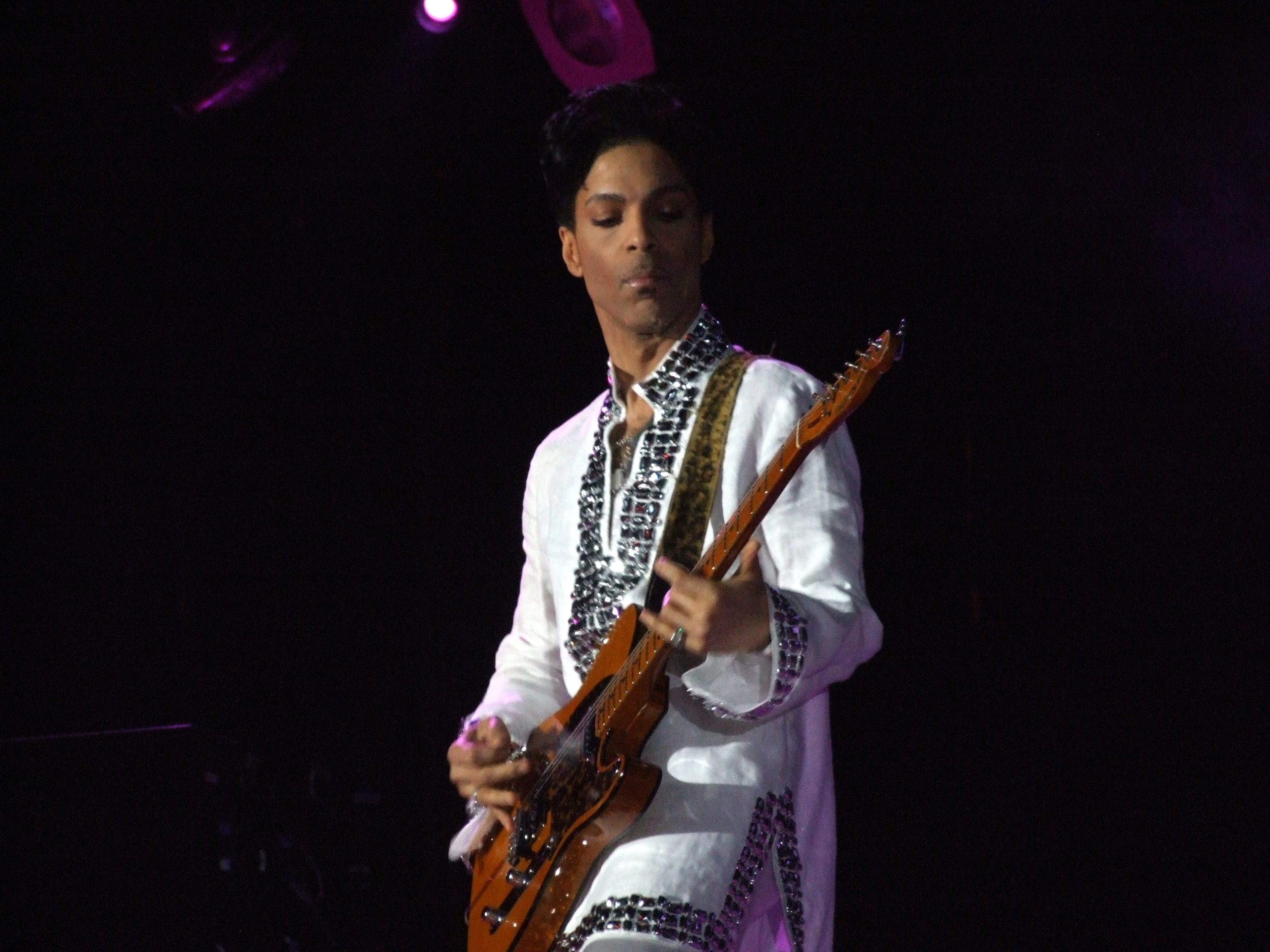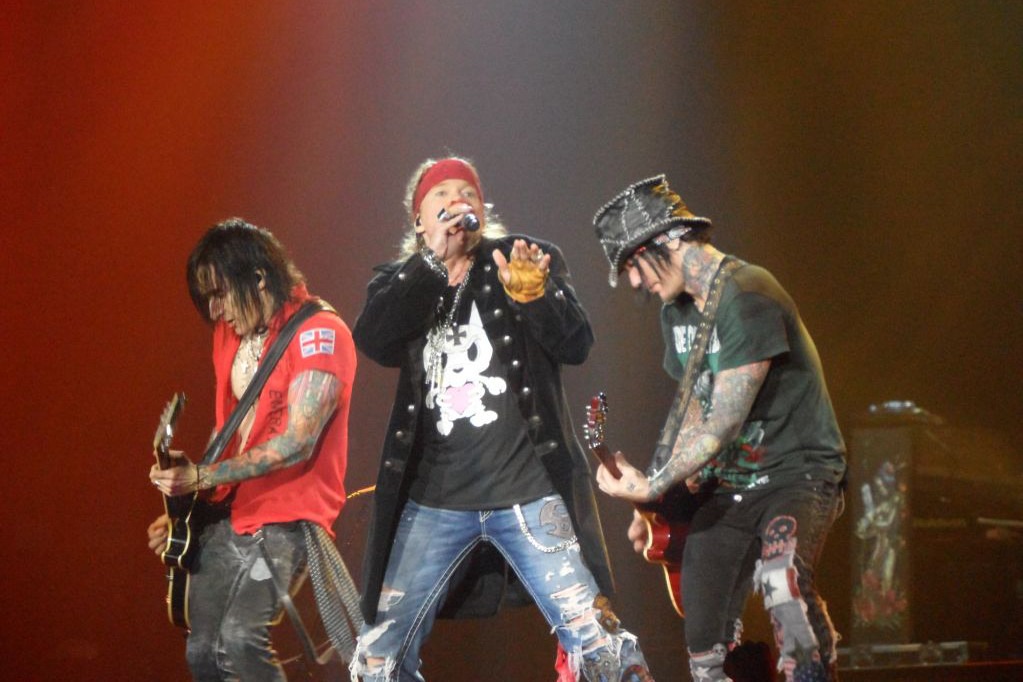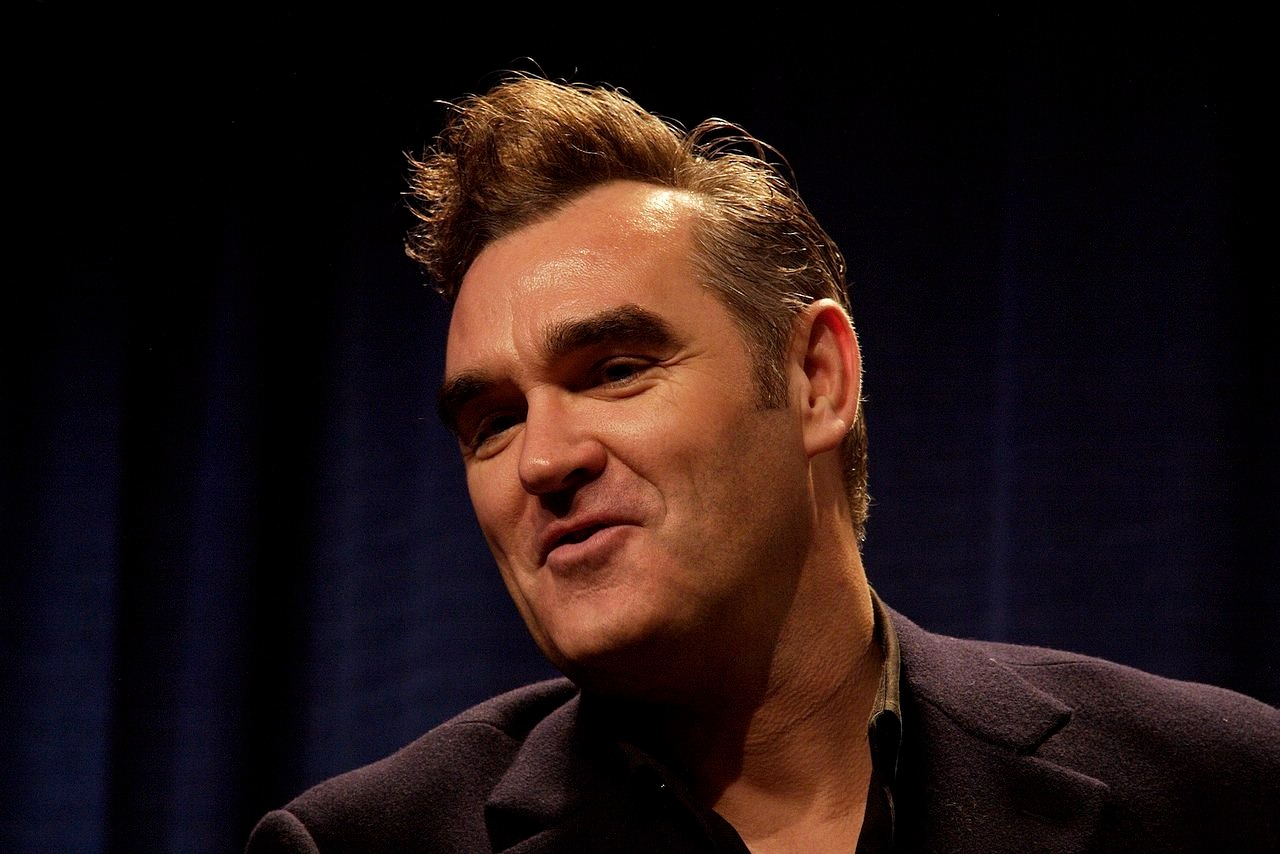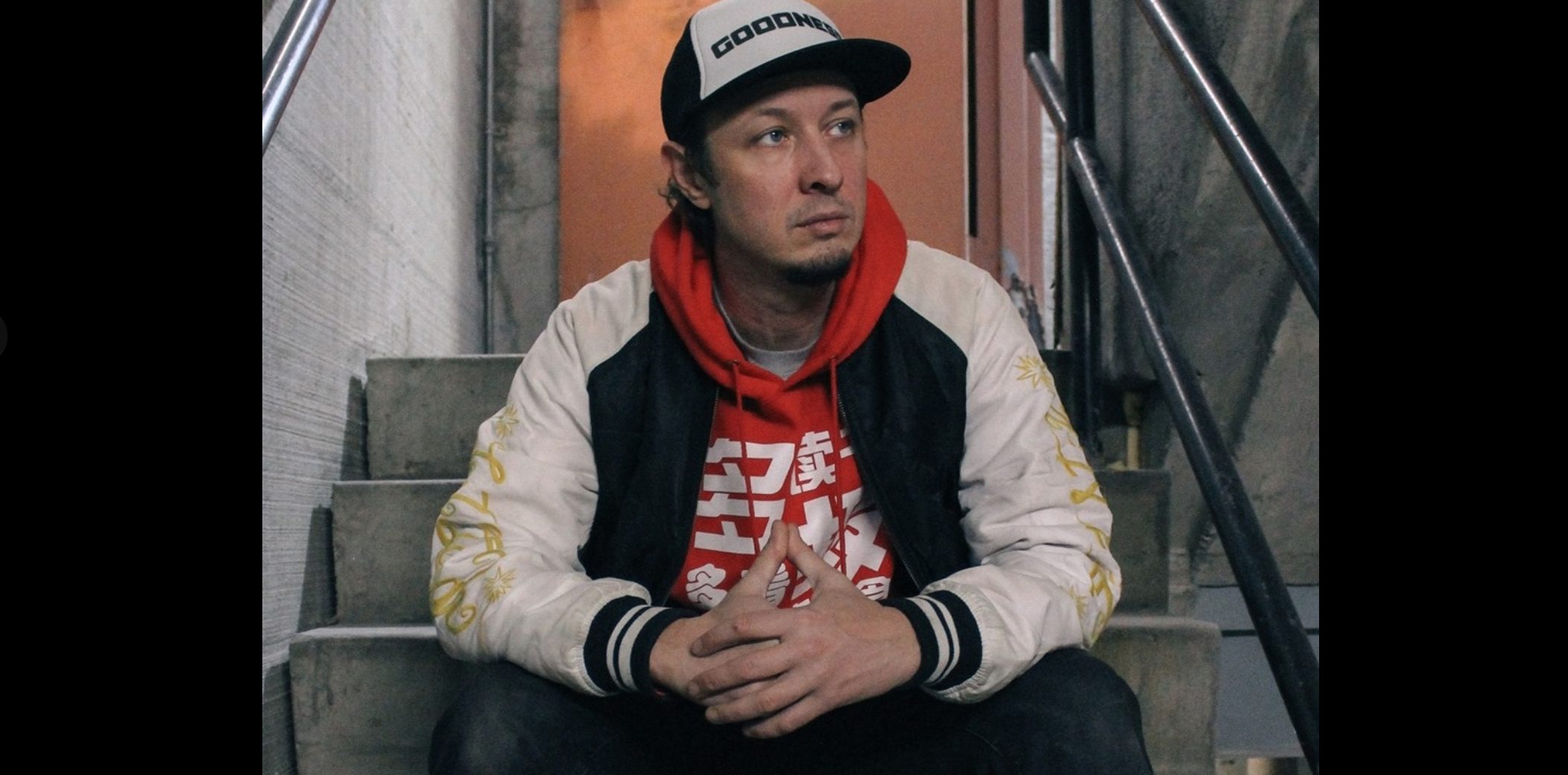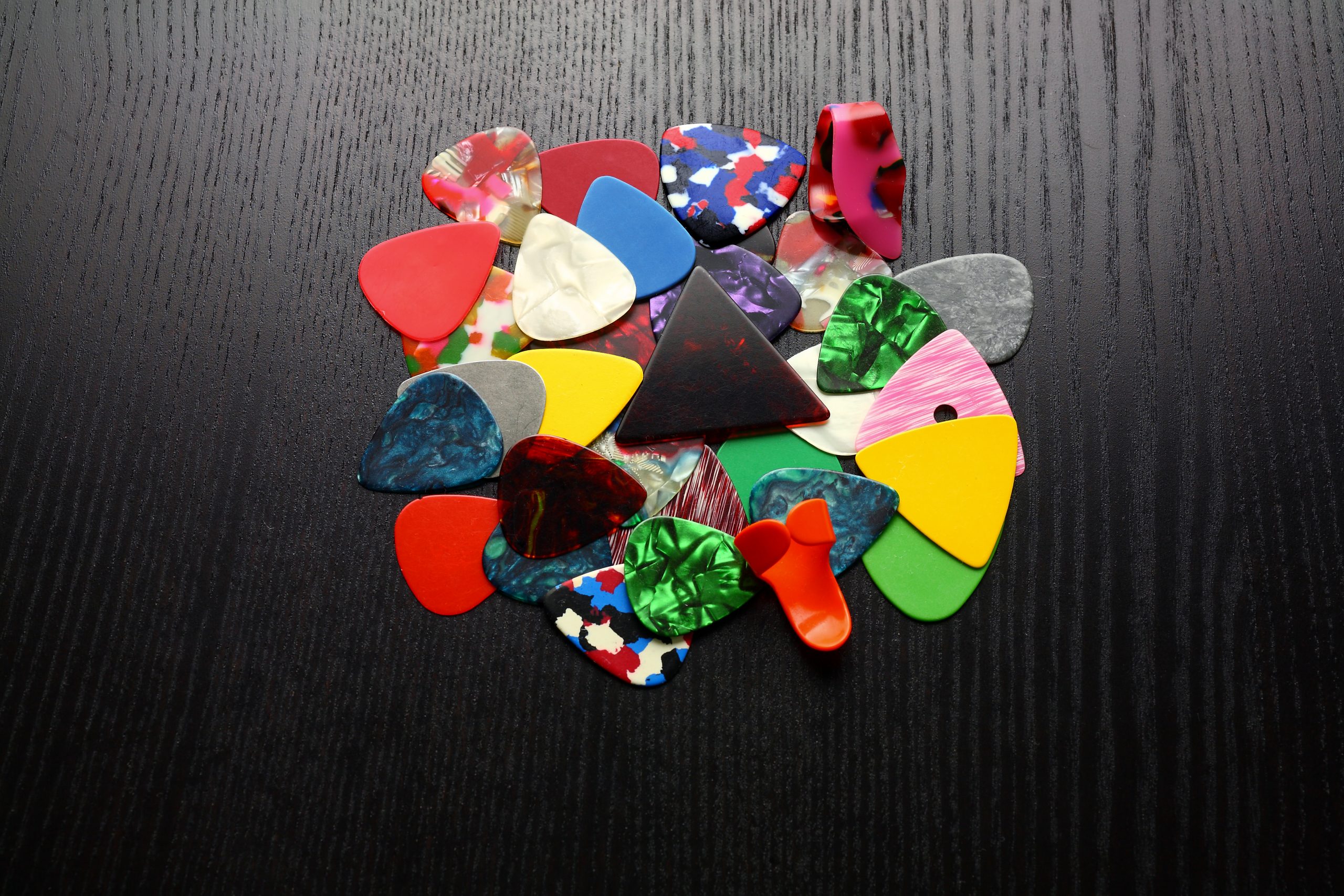MTV in 1981: a gleaming new network that claimed to revolutionize music but operated like an exclusive country club. You could catch Duran Duran and The Police in heavy rotation, but Black artists? That was a different story entirely. The network’s executives defended their programming with variations of “rock and roll“ format justifications, a convenient excuse that kept funk, R&B, and soul artists off their sacred airwaves.
This wasn’t just aesthetic preference—it was cultural gatekeeping dressed up as format purity. MTV executives denied explicit racism, but their playlist told the real story: an overwhelmingly white roster that ignored the genre-blending innovation happening across American music.
Prince Arrived as a Beautiful, Dangerous Problem
The Minneapolis genius defied every category MTV thought it understood about music and identity.
Enter Prince Rogers Nelson, whose 1981 album Controversy shattered conventional boundaries like a sledgehammer through glass. The title track didn’t just blend funk with rock—it weaponized sexual ambiguity and political consciousness in ways that made network programmers squirm. Here was an artist in lace and leather, asking “Am I Black or white? Am I straight or gay?” while delivering hooks that radio couldn’t ignore.
The “Controversy” video amplified everything threatening about Prince’s artistry. Gender-fluid fashion, provocative choreography, and lyrics that challenged racial categories—this wasn’t just music television, it was performance art with a backbeat that demanded cultural conversation.
The Rejection That Revealed Everything
When Prince submitted his video, MTV’s response exposed the ugly machinery behind their “format” decisions.
MTV rejected the “Controversy” video, citing format incompatibility with their rock-oriented programming. Yet this same network aired Hall & Oates, hardly guitar heroes themselves. The message became clear: Prince’s Blackness, combined with his artistic audacity, made him too dangerous for mainstream acceptance.
This rejection wasn’t just about one video—it represented everything wrong with music industry gatekeeping. Prince had created something genuinely revolutionary, and MTV’s response was to pretend it didn’t exist.
How Purple Rain Forced MTV to Evolve
Prince’s undeniable brilliance eventually made the network’s resistance look foolish and outdated.
By December 1982, radio success forced MTV’s hand. “1999” entered rotation, and suddenly the network discovered that maybe their format could bend after all. Prince’s breakthrough opened floodgates for other Black artists who’d been systematically excluded.
The irony cuts deep: MTV rejected the artist who would become synonymous with 1980s visual innovation and sexual liberation. Prince didn’t just integrate music television—he transformed it into something braver and more honest. Today, when artists challenge boundaries on social media platforms, they’re following the blueprint Prince created when one narrow-minded network tried to keep his genius off the airwaves.


